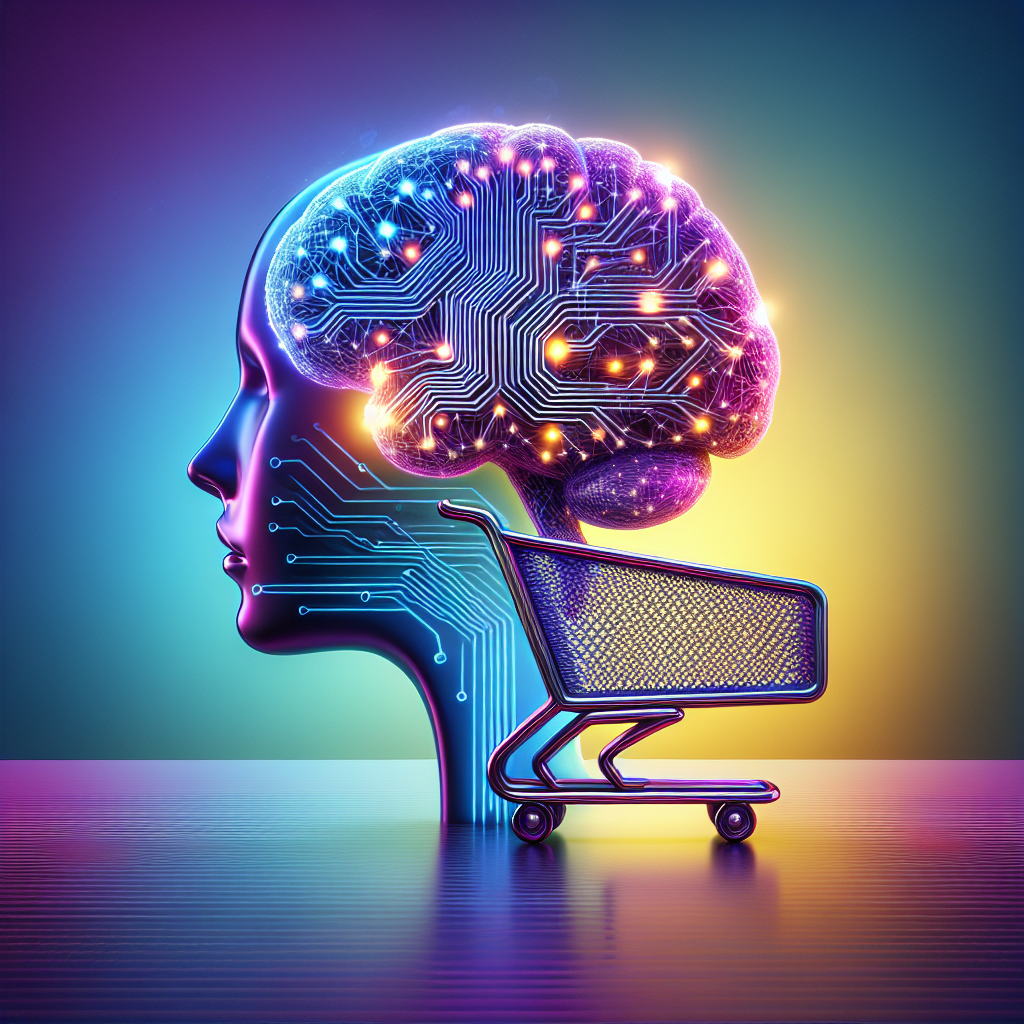Machine Generated Product Advertisements: Benchmarking LLMs Against Human Performance

The Future of Advertising: How AI Stacks Up Against Human Creativity
In the fast-paced world of e-commerce, the way products are presented to potential buyers can make or break a sale. Traditionally, crafting persuasive and engaging product descriptions has been a human forte. But what happens when we throw artificial intelligence into the mix? A recent study, “Machine Generated Product Advertisements: Benchmarking LLMs Against Human Performance” by Sanjukta Ghosh, dives deep into this very topic, offering a fascinating glimpse into a future where machine-generated content might become the norm.
This research pits human-written product descriptions against those created by AI models like Gemma 2B, LLAMA, GPT2, and the much-celebrated ChatGPT 4. Let’s break down the findings to see who comes out on top and what that means for the future of online product marketing.
AI vs. Human: Let the Battle Begin
The study evaluated descriptions for 100 products, generated both by humans and AI, using several criteria to judge performance: sentiment, readability, persuasiveness, SEO, clarity, emotional appeal, and the effectiveness of calls to action. The verdict? While AI is making impressive strides, it’s not quite ready to dethrone human creativity—at least, not yet.
Sentiment and Readability: Where AI Shines
In terms of sentiment and readability, AI, especially ChatGPT 4, performs admirably. The ability of AI to consistently attract positive sentiment and maintain a level of readability comparable to humans showcases its strengths. These models are designed to process vast amounts of data and mimic human-like responses, making them particularly effective in these areas.
However, the success here is not without caveats. For AI to produce high-quality results, context is key. When provided sample descriptions, AI models generally performed better. This suggests that while AI can replicate patterns of language, it still thrives on human guidance to achieve the best outcomes.
The Struggle with Context
While ChatGPT 4 stood out with its coherent and relevant descriptions, other models faltered. Gemma 2B, LLAMA, and GPT2 struggled with creating coherent, contextually relevant content. These models often produced disjointed sentences lacking focus—an issue that hampers their ability to engage consumers effectively.
The inconsistency in AI performance underscores the importance of human oversight. While AI can automate and enhance certain aspects of content creation, it still falls short in seamlessly integrating complex product information with engaging narratives.
Persuasiveness and Clarity: A Human Touch Required
Persuasiveness and clarity are where humans still have the upper hand. The art of persuasion is deeply rooted in understanding nuanced consumer psychology—a skill AI has yet to master. Human writers bring a personal touch and contextual empathy, crafting descriptions that resonate on a deeper emotional level.
Emotional Appeal and Calls to Action: Bridging the Gap
Emotional appeal and effective calls to action are critical components of high-converting product descriptions. While AI has made leaps in generating emotionally resonant language, it often lacks the instinctual human touch that compels consumers into action.
Practical Implications: How AI is Shaping e-Commerce
So, what do these findings mean for businesses? Here are a few takeaways:
-
Streamlining Content Creation: AI can significantly reduce the time and cost associated with generating initial product descriptions. For brands dealing with large inventories, this efficiency is invaluable.
-
Enhancing Human Creativity: Rather than replacing human writers, AI acts as a powerful tool that assists in ideation and first drafts, leaving humans to refine and perfect the content.
-
Data-Driven Decisions: AI provides insights into customer behavior through analyzing data trends, helping tailor product descriptions that better meet audience needs.
-
Limitations to Note: Businesses should remain cautious of relying solely on AI. Given the current capabilities, human oversight is crucial to ensure content quality and relevance.
Key Takeaways
Artificial Intelligence is undeniably transforming the landscape of e-commerce by offering new avenues to streamline and enhance product descriptions. Yet, while models like ChatGPT 4 exhibit impressive capabilities, the human touch remains irreplaceable in many respects.
For brands and marketers, the optimal strategy might be a hybrid approach, leveraging both AI and human creativity to craft compelling, effective product narratives that resonate with consumers on both an intellectual and emotional level.
In the ever-evolving dance between humans and machines, it’s clear that collaboration—not competition—holds the key to unleashing the full potential of digital marketing.
As AI continues to advance, one thing is certain: the future of advertising is as exciting as it is filled with opportunity. Ensuring that we harness these tools wisely will pave the way for a thriving and dynamic e-commerce landscape.




